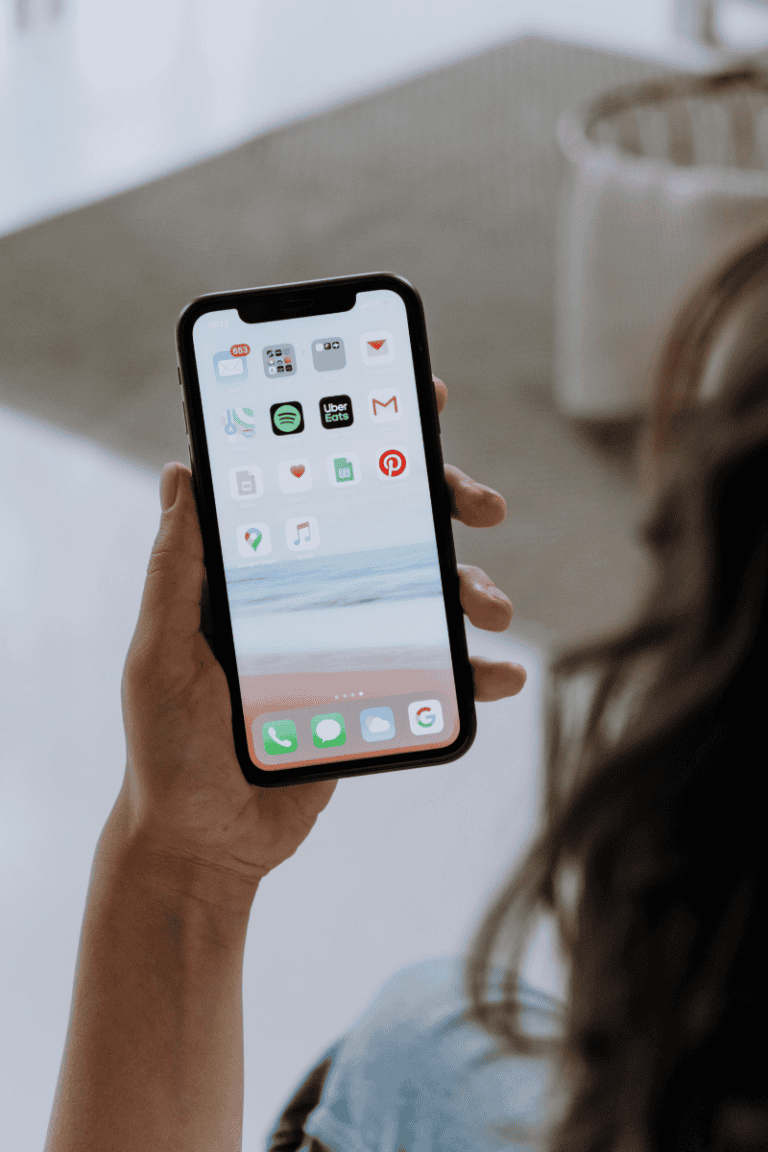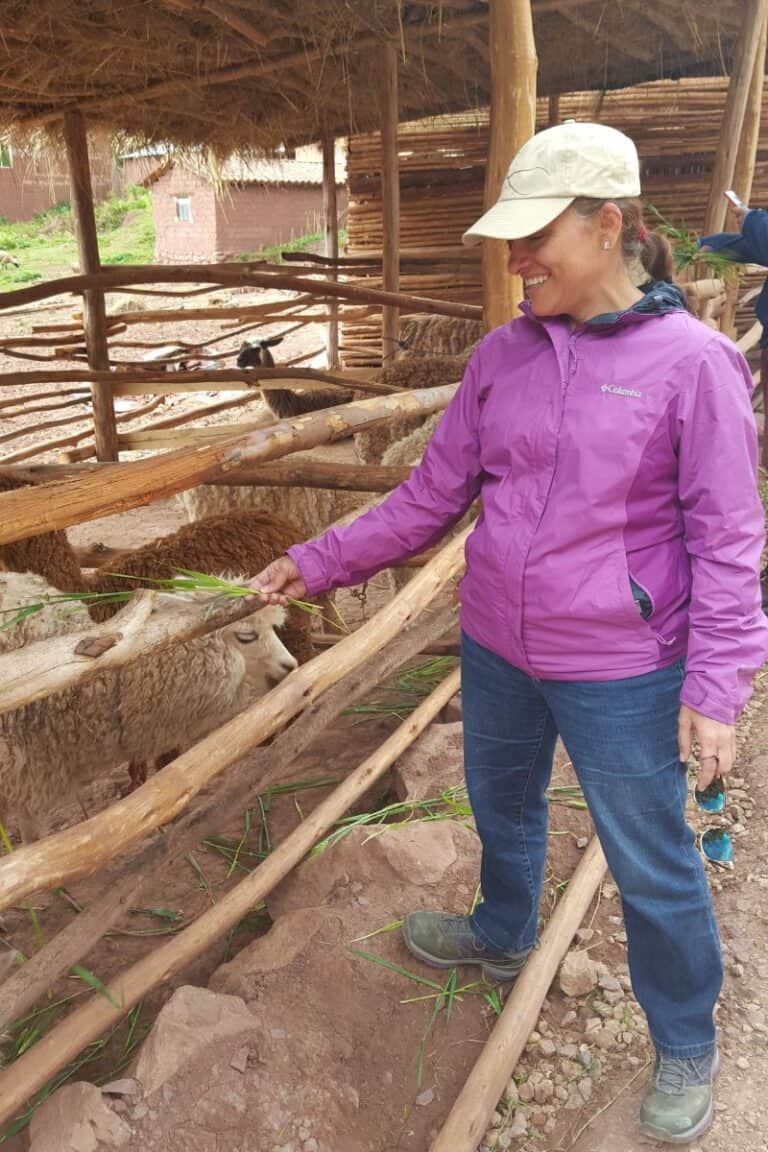What To Consider When Visiting Japan For The First Time
For many, visiting Japan is a once-in-a-lifetime dream and a top item on their bucket list.
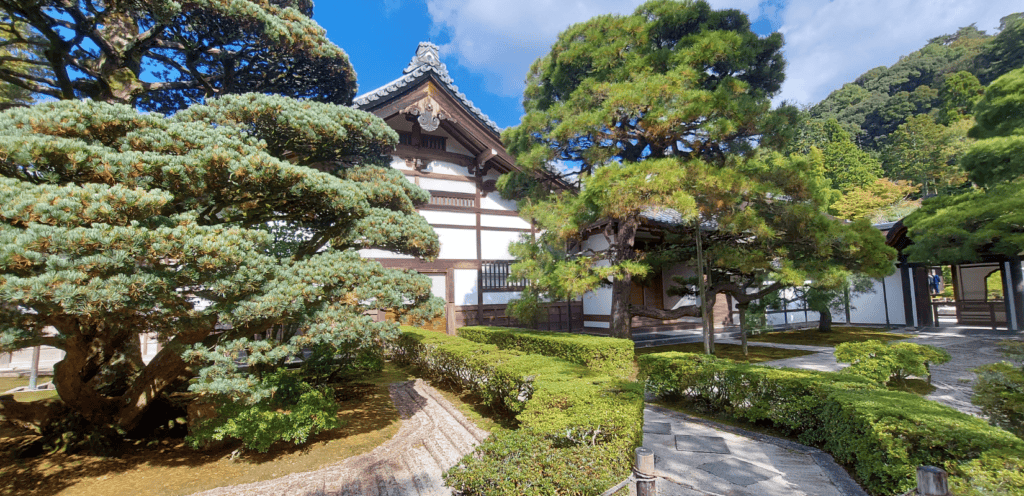
Planning your first trip to Japan is exciting!
However, reaching Japan can often be costly due to its location.
But its unique history, culture, food, and above all, its people, make this country worthy of a visit.
Before you go, it’s helpful to know a few key things.
The following tips will help make your first visit to Japan smooth, enjoyable, and stress-free.

Travel Requirements for Visiting Japan
To get ready to visit Japan for the first time seamlessly, check your passport validity, and visa requirements for your country at least four to five months in advance.
This will allow you to make any arrangements well ahead of your planned visit.
Visas
If you’re a U.S. citizen, you won’t need a visa to enter Japan for a short-term holiday.
To verify if your country requires a visa to enter Japan visit the webpage of the Ministry of Foreign Affairs of Japan.
If your country is not exempt from a visa you can request an e-visa for short-term visits up to 90 days.
A valid passport is required for the duration of your visit, regardless of your country of origin.
Customs
Everyone entering Japan is required to fill out a Japan Customs Card.
The Japan Custom Declaration Card can be completed on the web application before leaving your country or when you land.
This webpage provides specific information about what you’re allowed to bring into Japan, along with the Customs Declaration Card.
You’ll find information about allowed money, food, beverages, animals, plants, medicines, medical devices, and others.
This information is critical if you take medication or use a medical device for a health condition.
Be aware that many medications approved in your country can be prohibited in Japan, even with a doctor’s prescription
When traveling to Japan with specific medication, you can take certain steps to ensure everything goes smoothly.
Detailed information can be found on the Japan Customs webpage.
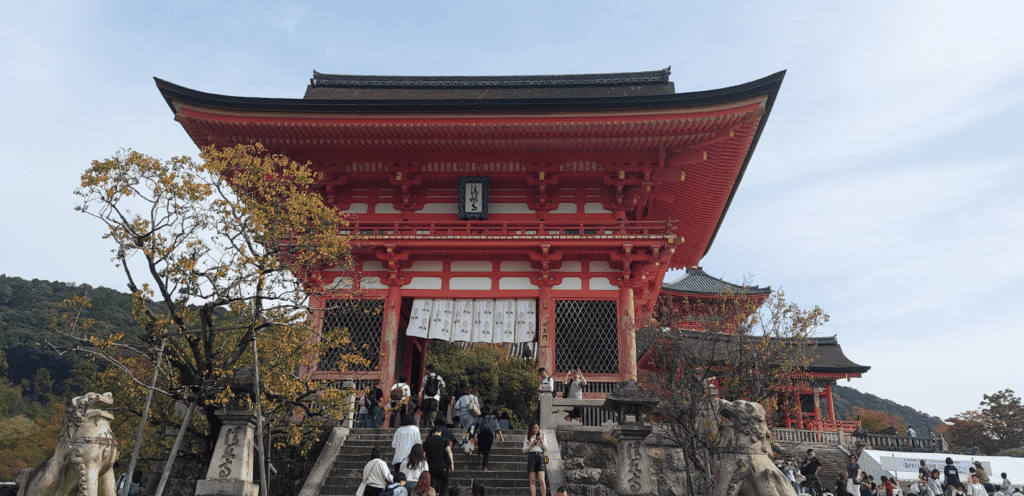
How to Move Around When Visiting Japan
Getting from the Airport to Tokyo
There are two main airports serving the greater Tokyo area; Narita and Haneda.
Both of these airports have public transportation that can take you comfortably from the airport to all of the major train stations in Tokyo.
From Haneda Airport
- Tokyo Monorail – from Haneda to Hamamatsucho Station approximately 20 minutes.
- Keikyu Subway Line – from Haneda to Shinagawa Station approximately 20 minutes (not covered in the JR Pass)
- Keikyu Limousine or Airport Limousine – bus service (time will depend more on the time of day)
- Taxi
From Narita Airport
- Narita Express (NEx) – from Narita to all the major train stations; Tokyo, Shibuya, Shinagawa, Shinjuku, Ikebukuro, and Yokohama. It takes under an hour to get to Tokyo Station. Another advantage is you can purchase a reserved seat or an unassigned seat or use your JR Pass.
- Keisei Skyliner – from Narita to North Tokyo, Nippori, and Ueno. It takes approximately 40 minutes to Ueno. This train service is a private line so it is not covered by the JR Pass,
- Keisei and Airport Limousine – bus service.
- Taxi
Getting from the Airport to Osaka(Kansai International Airport)
There are two stations in Osaka, make sure you check which is closer to your lodging.
Shin-Osaka is where the Shinkansen trains arrive and depart.
Osaka Station is the older station with the local trains and subway lines.
- JR Airport Express Haruka to Shin-Osaka Station will take approximately 50 minutes.
- The JR Airport Express Haruka can also be used to reach Kyoto in approximately 75 minutes. Just make sure you don’t get off at Shin-Osaka.
- JR Kansai Airport Rapid Service to Osaka Station approx. 65 min.
Check out more POSTS ON JAPAN
Moving Around Inside the Major Cities
First-time travelers to Japan typically visit Tokyo, Kyoto, and Osaka.
In Tokyo and Osaka, the subway or train lines are the best way to reach the most visited location.
In Kyoto, the bus network is convenient and well-organized.
They have English-speaking personnel at the main bus terminal in Kyoto Station, that will help you choose the right bus for your planned destination.
Uber and DiDi are share-ride options that you can use safely in Japan.
Japan has a strict law requiring share-ride drivers to have a taxi license.
Traveling Outside of the Major Cities
To reach other popular locations like Hiroshima, Kanazawa, or Nikko you’ll need to take a train or a domestic flight.
The most common mode of transportation in Japan is train travel.
Trains will get you to even the smaller towns in the Japanese Alps.
We love traveling by train and enjoy the convenience it offers.
It’s a great way to experience the country and take in spectacular views at a slower pace.
If you’re going to do a lot of traveling outside of the major cities by train consider purchasing a Japan Railpass.
This is a special pass only available to foreigners visiting Japan.
For more information visit the Japan Rail Pass Official website.
It is also important to evaluate if the purchase of a JR Pass is cost-effective for your particular trip.
You can use the Railpass Calculator at japan-guide.com to help in your decision.
The other available option is air travel, which can be useful for long distances.
Both ANA (All Nippon Airways) and JAL (Japan Airlines) have domestic flights to locations like Sapporo, Aomori, Sendai, and many other regional airports.
For example, a train ride from Sapporo to Sendai can take 7 hours while flying can take 3 hours including transfers to and from the airport (the flight is just an hour).
There are many considerations for choosing train vs air.
- How much time do you have?
- How many places do you want to see during your visit?
- What is your budget?
- Flight time convenience? Some locations have a daily flight at an inconvenient hour. Other places only have a weekly flight.
The final decision is unique to your needs.
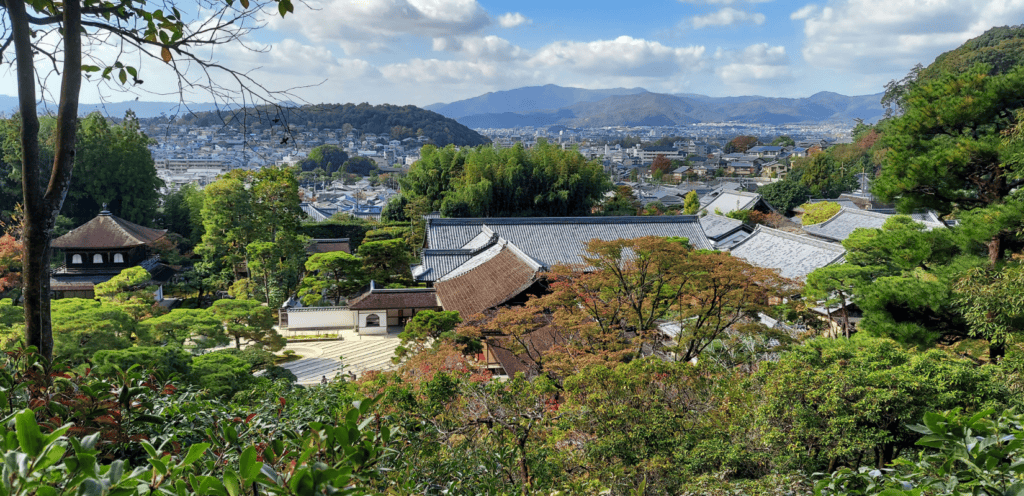
What currency will you need when visiting Japan for the first time?
The currency in Japan is the Yen.
You can exchange money before you leave home or at different exchange houses once you arrive.
As an alternative, ATMs in 7-Eleven stores are a good option for getting cash from your account back home.
There are still many places where you will need cash to purchase food and souvenirs throughout Japan.
Major credit cards are accepted in many establishments in cities and all the major train stations.
You may find it harder to use credit cards in smaller towns.
Another option is getting an IC Card. This card is a convenient smart card that allows you to pay for train and bus rides and shop at many stores, all with a simple tap—making it a great alternative to cash or credit cards.
You can purchase an IC Card at major train stations in Japan, such as JR stations, ticket vending machines, and airport train stations like Narita or Haneda.
They are also available at convenience stores in some areas.
Popular IC Cards include Suica, Pasmo, and ICOCA.
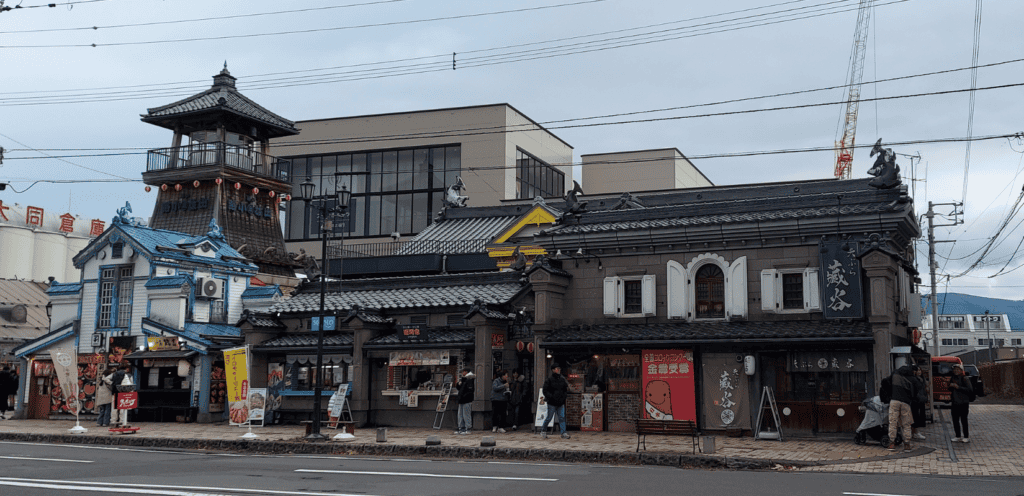
Things to Know About Eating in Japan?
Essential Food Tips When Traveling to Japan
- Tap Water is safe to drink. You can find bottled water everywhere. But if you bring your refillable bottle it is safe to drink the tap water.
- No tipping. This is not a practice in Japan and can cause discomfort and confusion. On one occasion we had a waiter run out after us to return the tip because a person in our party had tried to leave a tip, they thought the person had forgotten the money on the table.
- Japanese menus are written in Japanese characters which makes ordering a challenge. Occasionally you’ll find a menu in English. But most places have menus with photographs, we use these to ask questions.
- Food Models made of plastic can be found in the entrance windows of most Japanese restaurants. You can use these models to point to your waiter what you would like to order. They also help identify the type of food served at a restaurant.
- The word for allergy in Japanese is Arerugi. If you suffer from any food allergies we highly recommend you carry a written slip of paper with your food allergy written on it, preferably in Japanese characters. We navigated a seafood allergy by showing the slip of paper to the waitress or hostess.
What types of food are available in Japan and where can you find it?
You can find Japanese food and Western food all over Japan.
- Sushi
- Ramen
- Tonkatsu
- Udon
- Curry
- Pizza
- Chicken
- Burgers
Where is a good place to purchase your food in Japan?
- Traditional restaurants – dedicated to ramen, sushi, udon, tonkatsu, or other Japanese foods.
- Train Stations – you’ll find Japanese and Western food restaurants for different budgets in every major train station in Japan.
- Large Department Stores – check out restaurants on the higher floors. For cheaper eats, Bento boxes, and specialty foods check out the basement where the locals purchase their food.
- Shopping Malls – Western and some local restaurants.
- Konbini Stores – Found on every corner throughout Japan, 7-Eleven, Family Mart, and Lawson have a bounty of fresh, quick, hot, and cold foods. This is a great place if you have a restricted budget and to explore the different flavors of Japan.
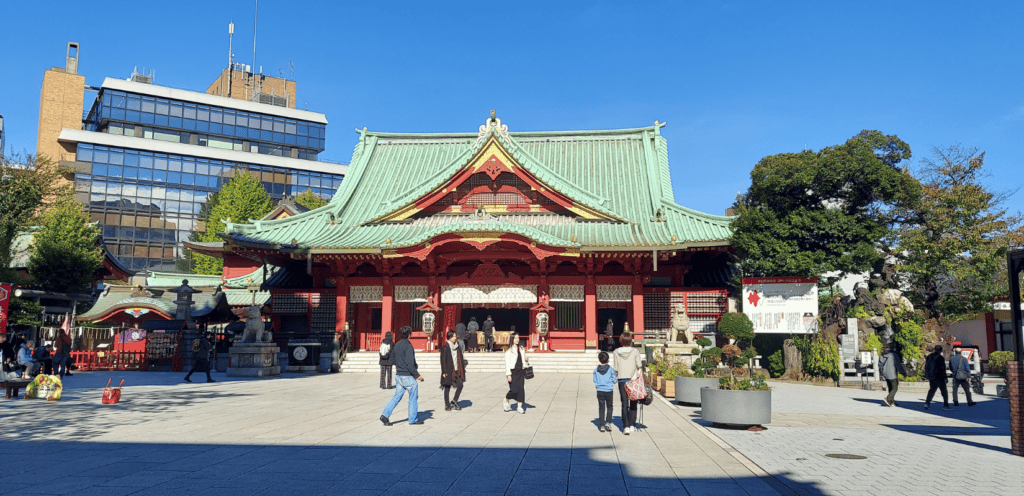
How to Dress When Visiting Japan
While some may expect people in Tokyo to dress like anime characters or Harajuku girls, Japan is generally a conservative country in terms of fashion.
Japanese women tend to wear dresses and slacks in neutral colors.
Neutral and light colors like black, brown, and white with sage, peach, or rose are common combinations.
However, we noticed that Japanese women pay great attention to their accessories.
Their bags, shoes, and coats are how they express their individuality.
Since there’s a lot of walking, it’s best to wear flats or low-heeled shoes for comfort.
Trainers or athletic shoes are becoming more common, especially among the younger generation.
We wore athletic shoes for most of our visit, and they kept us comfortable all day while fitting in well.
One downside of athletic shoes is that they aren’t easy to slip on and off.
When visiting shrines, temples, and traditional buildings, you’ll need to take them off frequently.
In addition, we always wore good socks to avoid going barefoot in temples or when using the communal slippers.
If you’re unsure what to wear to a restaurant, theater, or concert, it’s better to dress well rather than casually.
Planning What Clothes to Pack
Two very important things to consider when planning your first visit to Japan are which regions you will visit and the season.
Although Japan is a series of islands they stretch out 2788 km (1732 miles) from the northernmost point to the farthest south.
You’ll find cooler temperatures when you travel to the island of Hokkaido in the north.
While the temperatures and humidity will increase as you move further south.
If you plan to visit cities or towns in both areas dress in layers that will serve on their own in the warmer areas and will provide additional warmth in the cooler areas.
Japan experiences the four seasons throughout most of its islands.
If you plan to visit near the end of fall or during winter and plan to visit Hokkaido be ready for snow and freezing weather.
Tokyo will have cold temperatures and can experience snow in wintertime.
Don’t forget that Japan has some high mountains that have snow most or all of the year.
You should consider this if you plan to hike or visit towns at high elevations.
Be aware that Japan has a typhoon season, which runs from May to October with the worst months being August and September. Bring your sturdy raincoat!
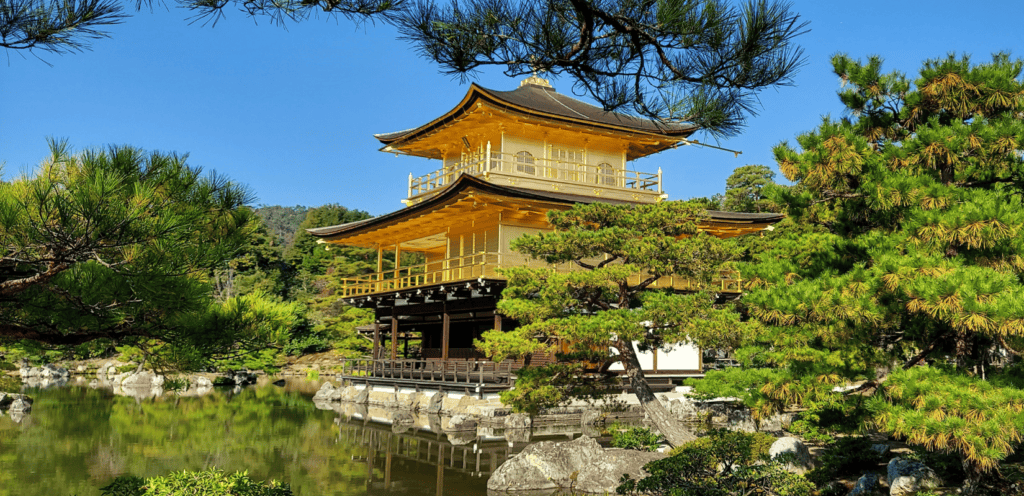
Additional Useful Tips to Know When Visiting Japan for the First Time
A few other things that can make your Japan experience more pleasant:
- Always have a bag where you can carry your trash. Trash cans in Japan are scarce. The Japanese will take their trash home with them and discard it accordingly. Please do the same and don’t litter.
- The Japanese drive on the left side of the road. Please be careful and look both ways before crossing a street.
- We found that a Translation App was very useful throughout our trip. We used Google Translate but use whatever translate app you’re familiar with and works well for you.
- If you’re going to be traveling by train frequently consider using a luggage transfer service. They will pick up your luggage at your hotel and deliver it to your next hotel. Just make sure to ask how long it takes, when we were in Sapporo we sent our luggage ahead but it took 2 days to get there. This worked out well for us because we had two stops along the way and we arrived the same day our luggage did.
- IC Cards – Pasmo, SUICA, ICOCA. These are smart cards that let you pay for rides on trains, buses, and taxis as well as shop with just a simple tap. You top off the card and use it as you travel which makes for hassle-free train, bus, and subway travel. For more details and options of IC Cards read the japan-guide.com website.
Good planning and preparation will make your trip easier and more enjoyable
We hope these tips help you prepare for your first visit to Japan.
Have a memorable journey to lovely Japan!
